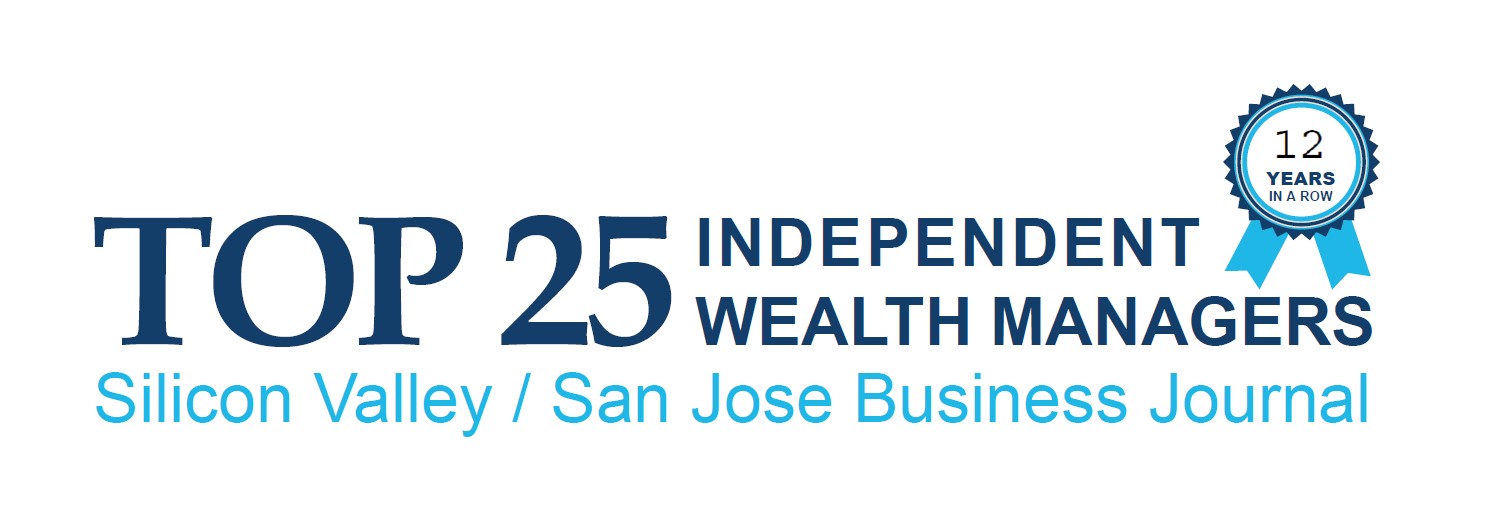Because nearly all economic policies (outside of the Fed Funds rate) have been accommodative during the last year and since the Federal Reserve has also finally begun recently cutting the Funds rate, there is a decent chance stock investors will enjoy the oddity of “both” higher earnings and a higher price-earnings (PE) multiple in the coming year.
Historically, the Fed usually raises interest rates as economic and earnings growth strengthen and only reduces interest rates if economic growth slows and earnings trends become threatened. Additionally, Fed funds rate cuts have almost always led to a higher PE multiple. Currently, although real economic growth has slowed some in the last year, it still appears to remain healthy. Indeed, the most recent Atlanta Fed GDPNow estimate for third quarter real GDP growth is a robust 2.54%. And if last week’s jobs report was any indication, real growth for the final quarter of this year is off to a solid start.
Despite decent economic growth and S&P 500 earnings per share (EPS) which are currently at a record high, the Federal Reserve recently decided to finally start easing interest rates and suggest it will likely be lowering rates at least modestly in the coming months. This sets up the likelihood of a rare, but very favorable environment for the stock market – the simultaneous combination of improved earnings and rising PE valuations –thanks to an ongoing “out of sync” Federal Reserve interest rate policy.
While inflation raged out of control during the post-pandemic inflation surge from 2021 to mid-2022, the Federal Reserve maintained mostly an accommodative interest rate policy. Then, once inflation finally peaked and began improving, it switched to a policy of raising interest rates during the entire disinflationary period when the consumer price inflation rate declined from its 9.1% peak to its current 2.5% level. And now, with solid real GDP growth and rising record setting S&P 500 EPS, the Fed has decided to again implement an accommodative interest rate policy. Wow! Fed policy was out of sync when inflation rose (it eased), when it fell (it tightened), and now as the economy lands safely and economic growth seemingly remains healthy (its eases again). Bullish investors should stand and applaud loudly for this unique “out of sync” Fed policy.
one reason PE valuations increase when the Fed cuts interest rates is because it often reduces the Funds rate when EPS are weak or declining. But this has not always been the case. Since the 1990s, Fed rate cuts have typically only been done when EPS were declining, but during the rate cutting cycles of the 1970s and early-1980s, EPS were essentially flattish a good portion of the time.
What is most intriguing about the contemporary easing cycle is the Fed is cutting rates when economic growth appears to remain healthy and when EPS are not only at record highs but likely to continue rising during the coming year. Is it possible, given this out of sync Fed policy, that PE valuations could improve, even if only modestly, as EPS also keeps rising?
A Fed which has been and continues to be out of sync with most economic policies has perhaps set up a rare positive double-whammy for the stock market – a simultaneous rise in the S&P 500 EPS and it’s PE multiple.
The Fed has been tightening for much of the last year while all other economic policies have been accommodative. For those focused primarily on the policy decisions of the Fed, this produced a widespread expectation the economy and earnings were headed for a recession. But it was probably also this growing consensus view expecting a recession which finally helped convince the Fed to begin an easing campaign. As a result, despite past Fed tightening, EPS growth has been juiced for the coming year by other economic policies which have eased. At the same time, investors can also benefit from a special gift from the out of sync Fed — lower interest rates in a growing economy!








